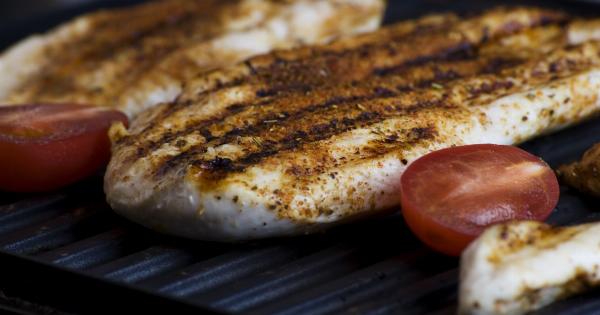Pairing wine with fish can be a delightful experience, enhancing both the flavors of the dish and the wine. However, it’s essential to keep in mind certain mistakes that can detract from the overall dining experience.
By avoiding these common errors, you can ensure a harmonious pairing that will impress your guests and tantalize your taste buds.
Mistake #1: Ignoring the Weight of the Fish
When it comes to pairing wine with fish, one of the most critical factors to consider is the weight of the fish.
Just as you wouldn’t pair a heavy Cabernet Sauvignon with a delicate white fish, you should match the body and intensity of the wine with the fish dish. Lighter fish, such as sole or trout, are better complemented by crisp, acidic white wines like Sauvignon Blanc or Pinot Grigio.
On the other hand, rich and oily fish like salmon or tuna can stand up to bolder and more full-bodied wines, such as Chardonnay or even a light-bodied red such as Pinot Noir.
Mistake #2: Overlooking the Sauce
The sauce used in a fish dish can drastically alter the taste profile and overall wine pairing. A delicate fish paired with a rich and creamy sauce will demand a different wine compared to a light, citrusy sauce.
Take into account the dominant flavors and elements of the sauce when choosing a wine. If the sauce is heavy and buttery, opt for a white wine like an oaked Chardonnay. For fish with a brighter citrus-based sauce, a crisp and acidic wine like a Riesling or a Sauvignon Blanc would be an excellent choice.
Mistake #3: Disregarding the Method of Preparation
The method of preparation can significantly impact the flavor and texture of the fish, thereby influencing the wine pairing.
Grilled fish tends to have smoky and charred flavors, which pair well with medium-bodied whites like Viognier or lightly oaked Chardonnay. On the other hand, fried fish benefits from a wine with bright acidity to cut through the richness, making a sparkling wine like Champagne or a dry Rosé a good match.
Mistake #4: Neglecting the Region
Considering the regional origin of both the fish and the wine can offer valuable insights into their compatibility.
A classic example of regional pairing is matching Mediterranean-style fish dishes with wines from the same region, such as a Vermentino from Sardinia or a crisp, dry Greek Assyrtiko. The shared terroir often leads to complementary flavor profiles and a synergy between the wine and the fish.
Mistake #5: Assuming White Wine is the Default Choice
While white wine is a popular choice for pairing with fish, it’s not the only option. Many red wines can complement certain types of fish, especially those with a richer flavor or heartier texture.
For instance, a grilled swordfish steak might pair nicely with a medium-bodied red like a Merlot or a Spanish Tempranillo. It’s important to explore and experiment with different varietals to find unexpected yet delightful pairings that suit your personal taste.
The Art of Pairing Wine and Fish
Pairing wine and fish can seem daunting at first, but with some basic knowledge and a willingness to explore, you can unlock countless delicious combinations.
Avoiding these common mistakes will help you navigate the world of wine and fish pairing with confidence, creating unforgettable dining experiences for yourself and your guests.
Conclusion
Pairing wine and fish is a delightful journey of experimentation and discovery.
By avoiding the mistakes outlined in this article, you can enhance your dining experience and create harmonious pairings that accentuate the flavors in both the fish and the wine. Remember to consider the weight of the fish, the sauce, the method of preparation, the region, and think beyond the default choice of white wine.
With these tips in mind, you’ll be well-equipped to create memorable meals that leave a lasting impression.





























